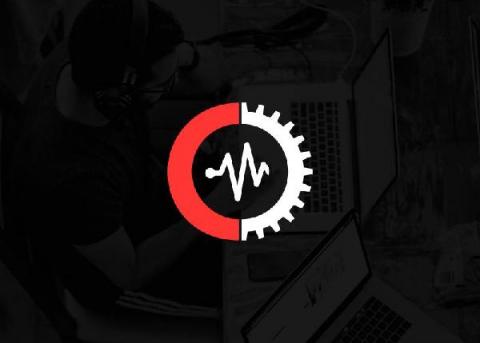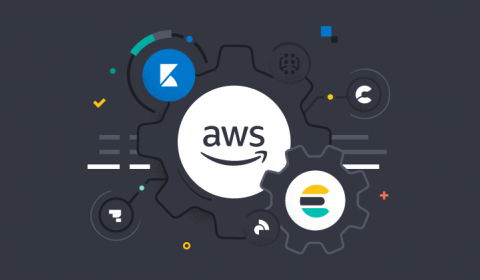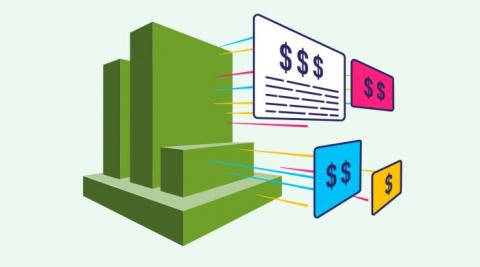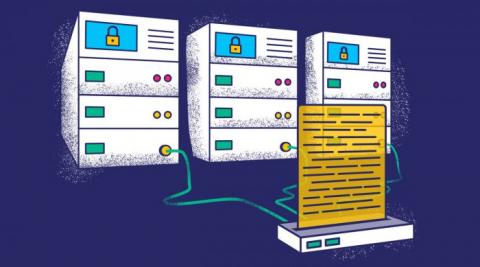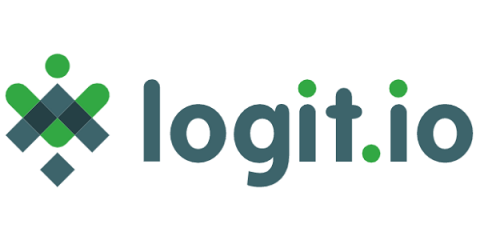Announcing Illuminate v1.4
Today we are excited to announce Graylog Illuminate v1.4. This release includes the addition of Office 365 content, which provides deeper visibility into Azure Active Directory and Exchange Online logs along with new alerts for a more granular level of notifications.


